Hello my dear friends in Hive community!
Today I'm going to immerse you in the history and culture of Tangier through this post!
When I was recently in Tangier I decided to visit the Kasbah Museum of Mediterranean Cultures. Situated in the old town, in a corner of the ‘Bab El Bahr’ square, this museum is housed in the former palace of the Sultan, a place steeped in history.

As I entered the museum, I was immediately struck by the beauty of the architecture. The white walls, the zellige details on the floor and the magnificent carved wooden doors give an idea of the cultural richness of this place. I paid my entrance fee ( only 20 Moroccan dirhams which is equivalent to 2 dollars] ) and was ready to explore.
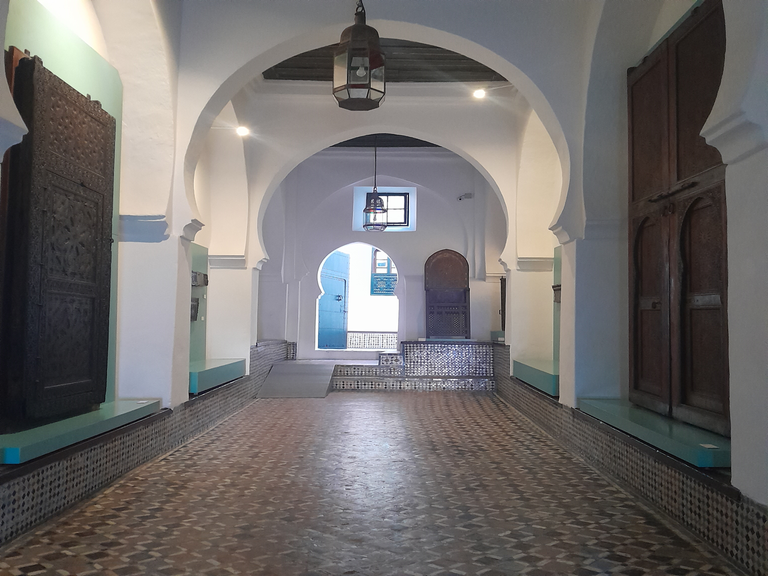
Dar El Boukhari
Dar El Boukhari is a residence overlooking the central courtyard of the palace. It comprises two side rooms and an octagonal dome made of carved cedar wood called ‘Qobbat Al-Boukhari’ (Al Boukhari's dome).
The residence was built during the second phase of the palace's construction under Pasha Ahmed Ibn Ali Arrifi in 1738. Today, Dar El Boukhari is considered to be one of the finest examples of early Alawite internal architecture.
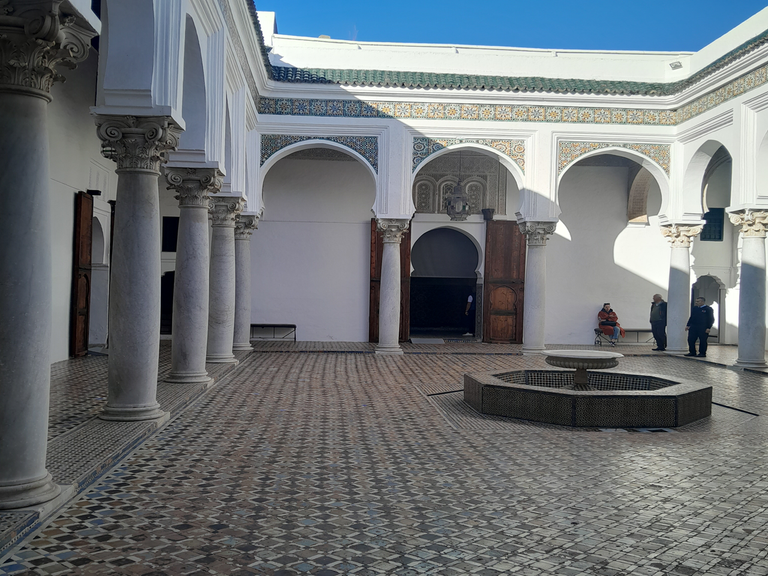

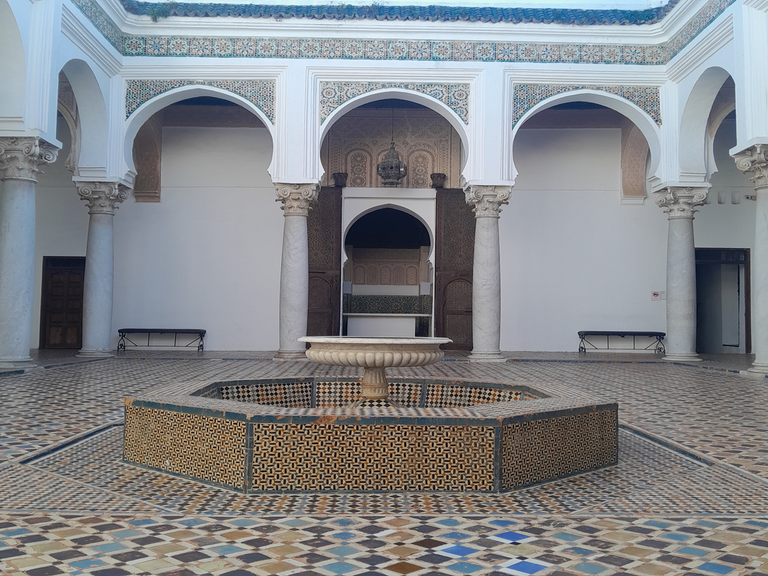
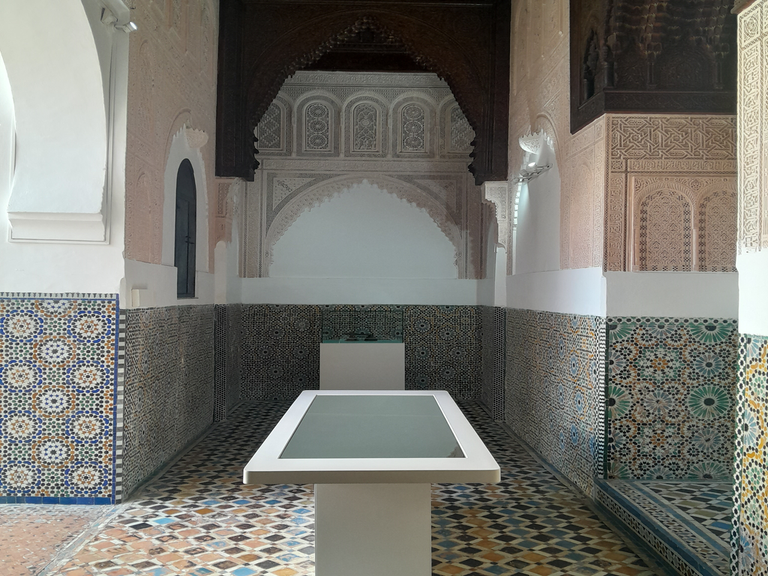
The first room features some fascinating archaeological objects.
I continued my exploration and discovered display cases filled with ancient jewellery, precious manuscripts and magnificent ceramics. What struck me was the diversity of influences: Berber, Andalusian, Ottoman, Roman... I think it's proof that this city has always been a crossroads of civilisations.
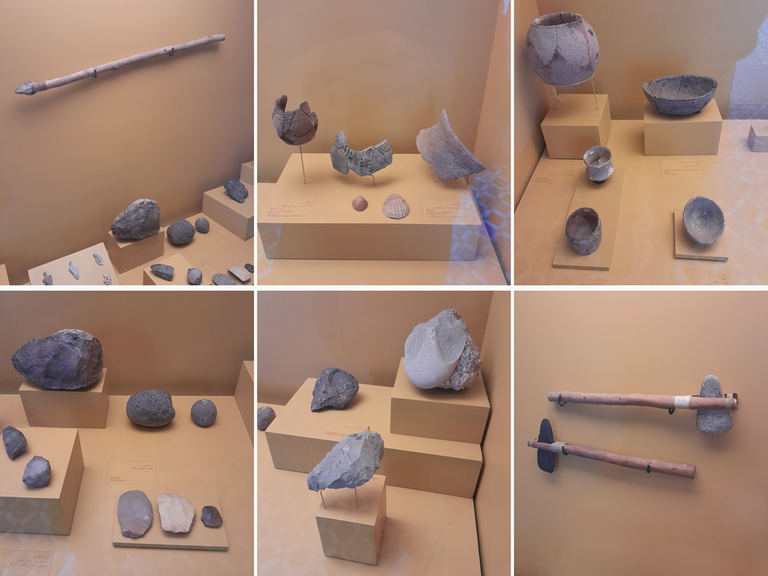

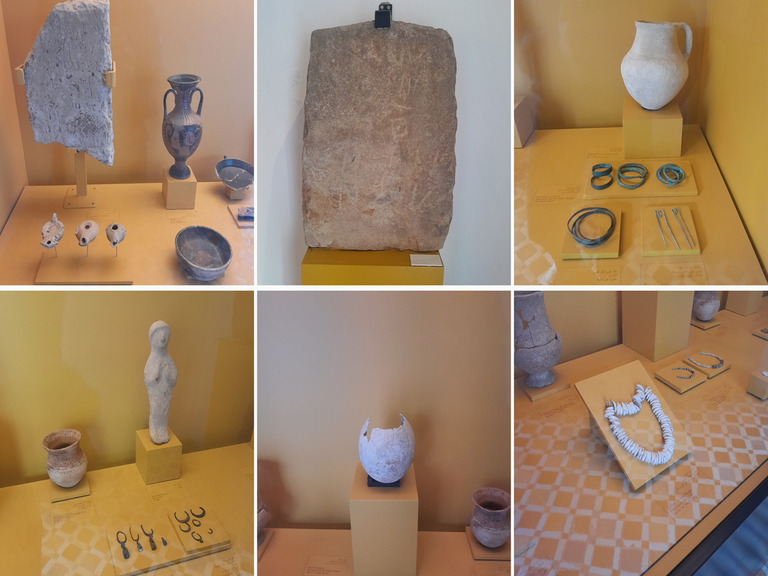

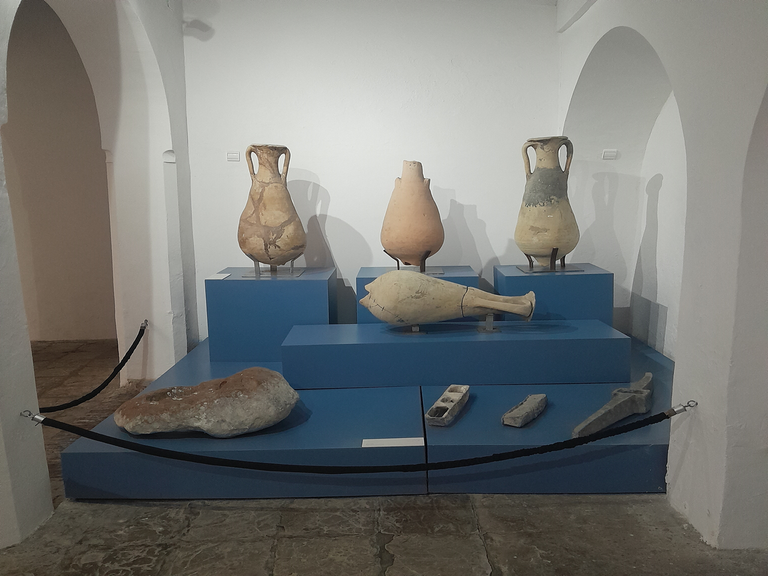
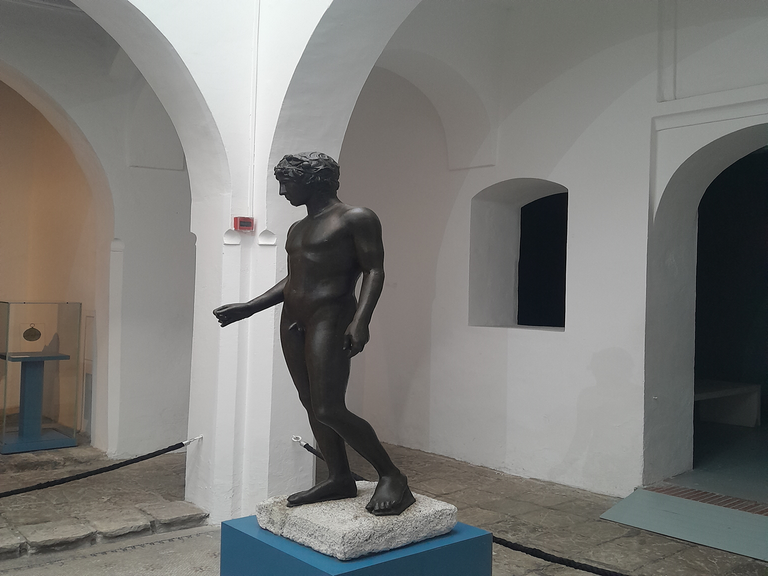
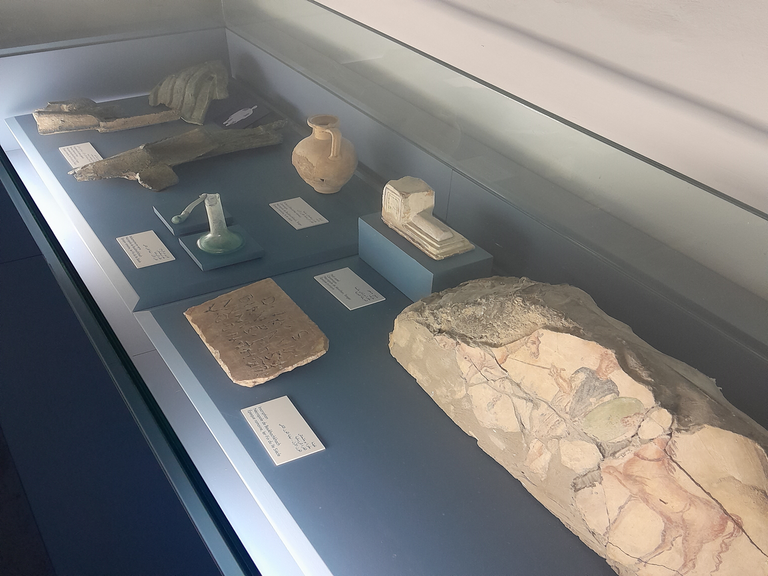
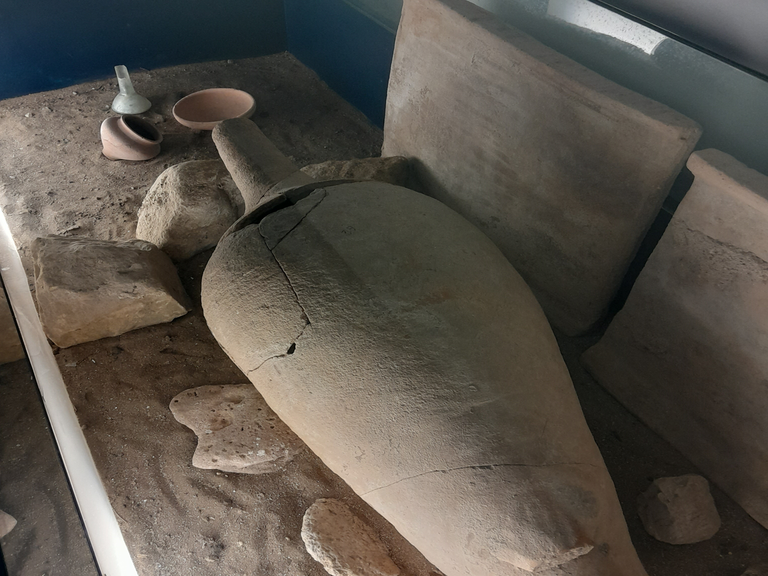
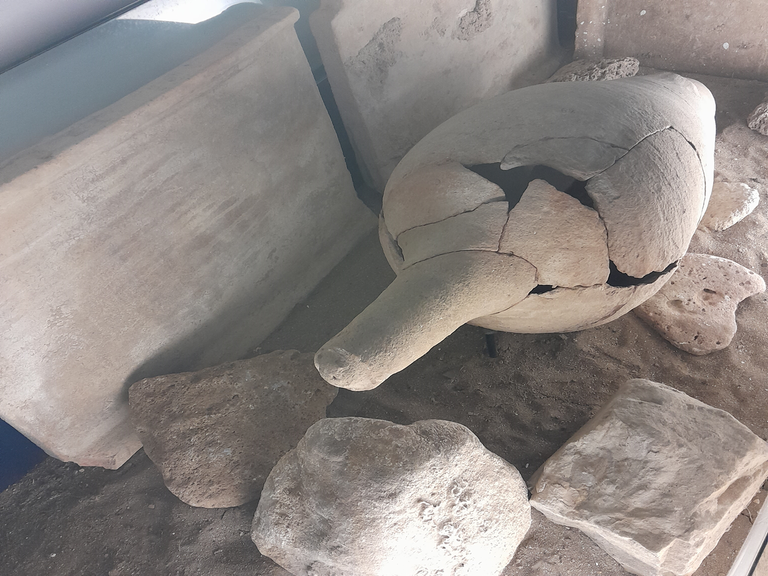
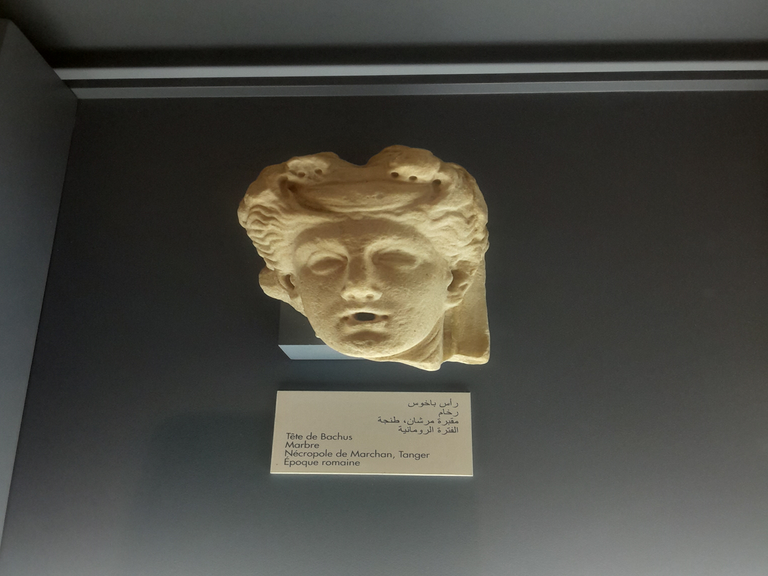
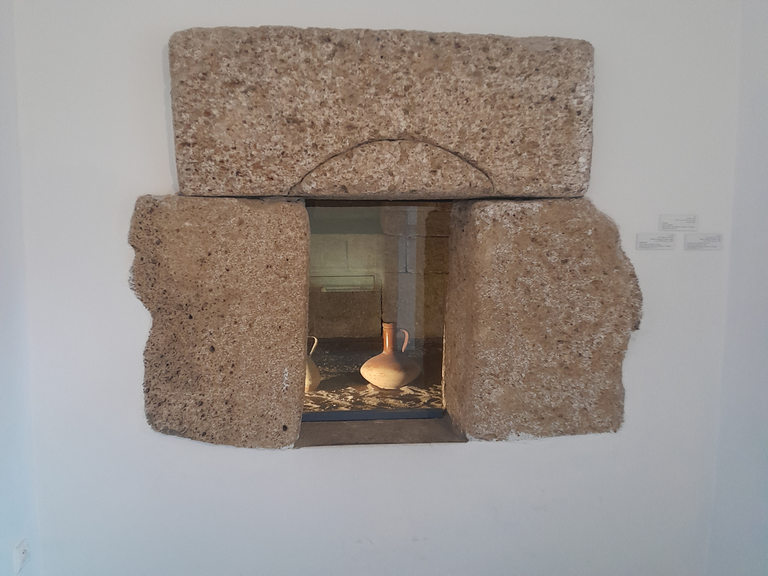
As I wandered through the various rooms, I came across a section devoted to the daily life of Tangerines through the ages. Ancient manuscripts, scultures on the wall, a cannon and other objects give an idea of what life was like here several centuries ago.

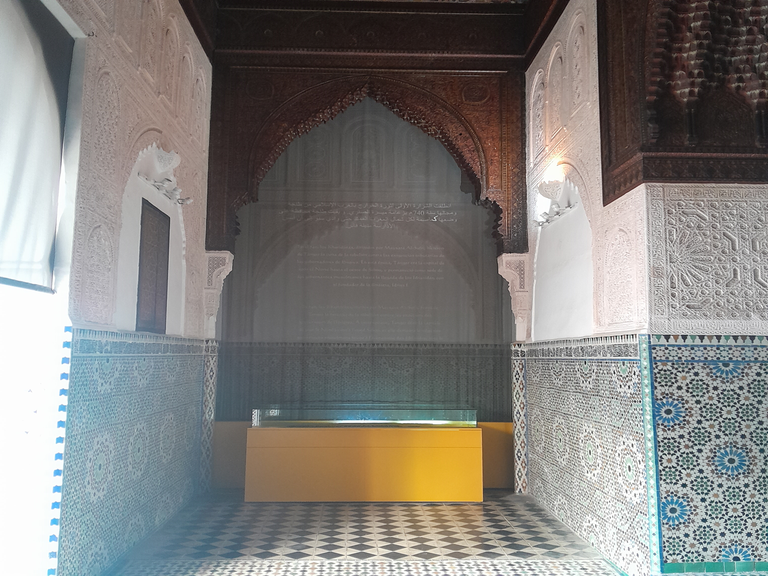
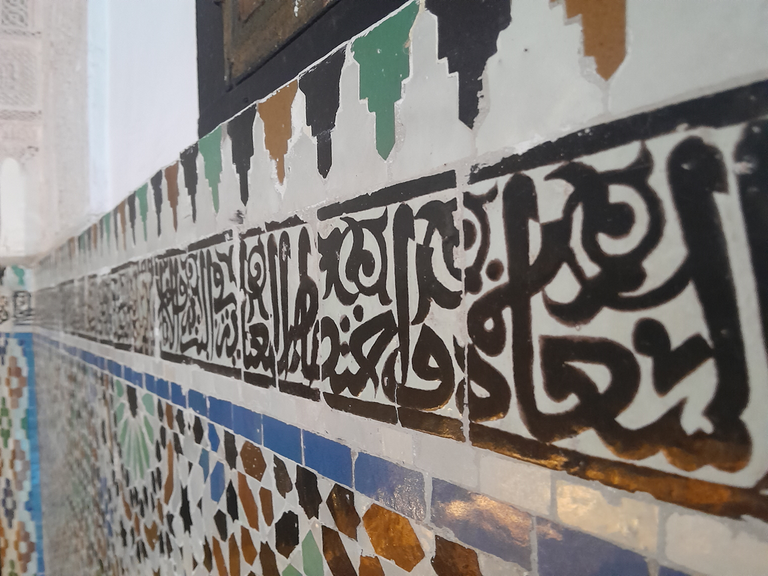

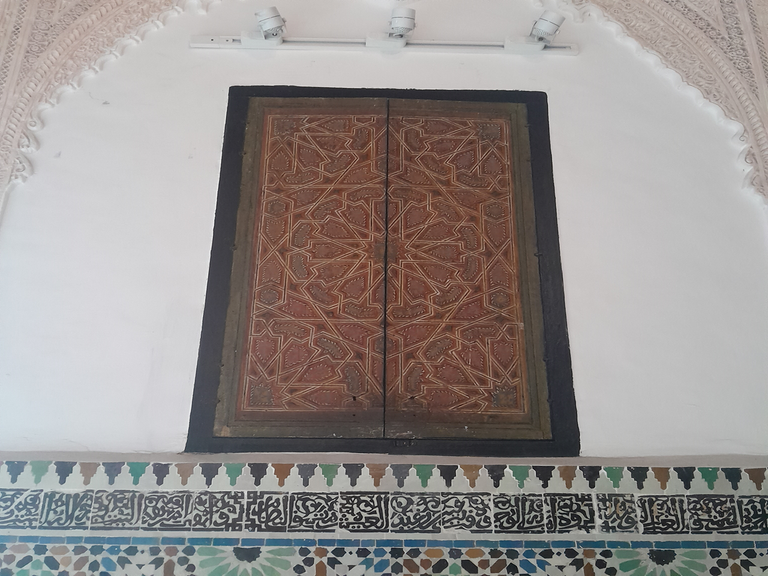
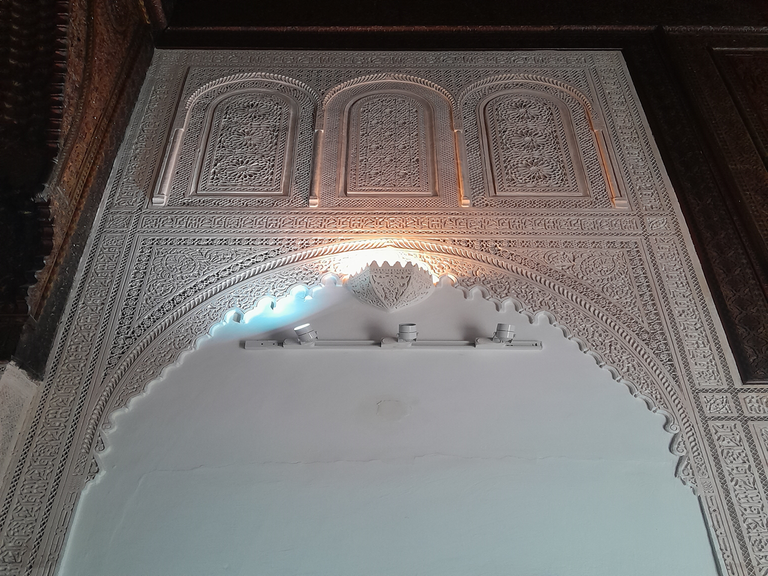
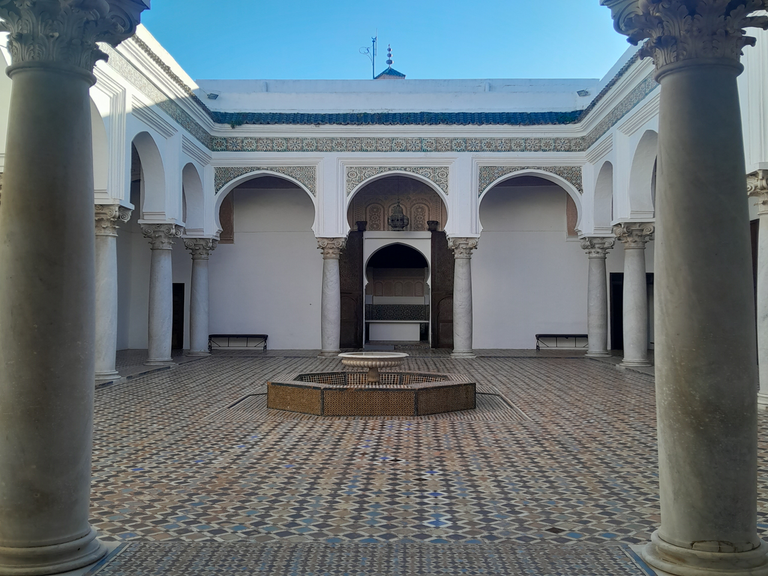
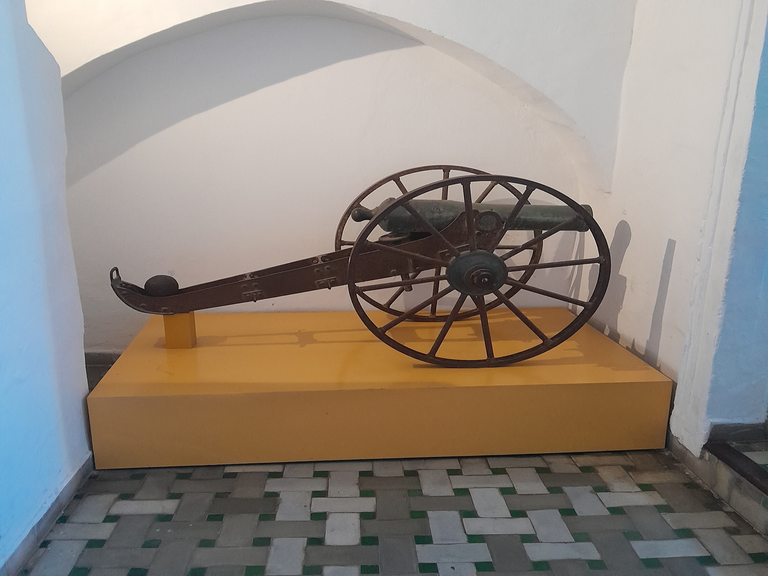
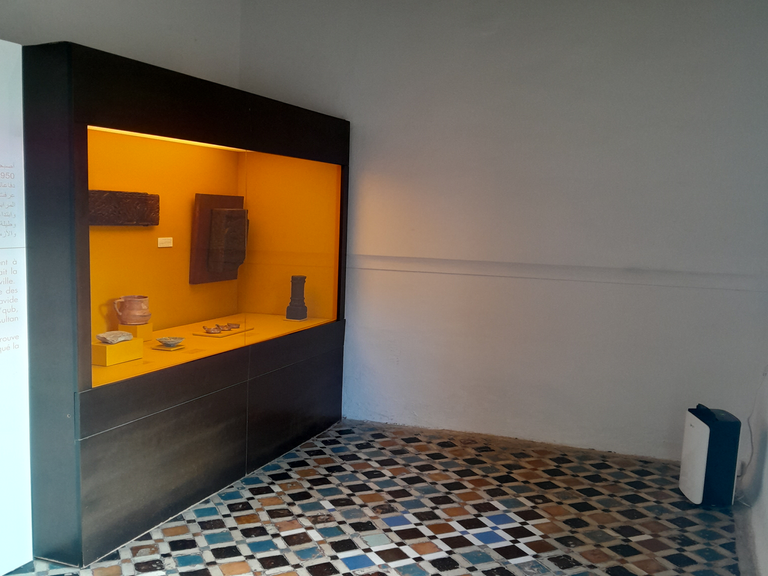
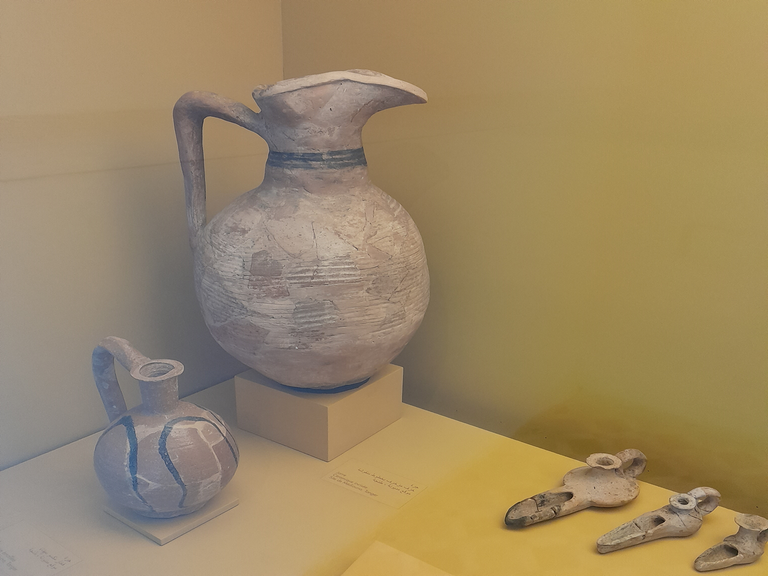
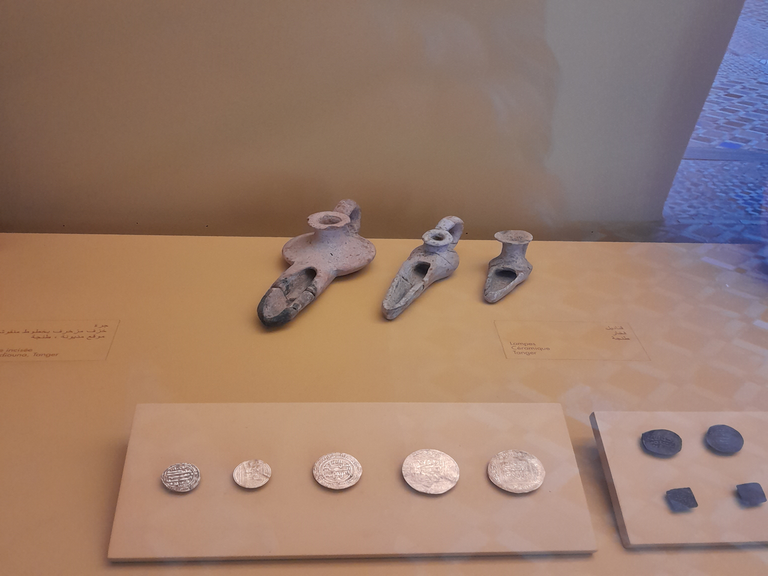

What attracted me most during my visit was the palace's inner courtyard. A beautiful Andalusian garden!
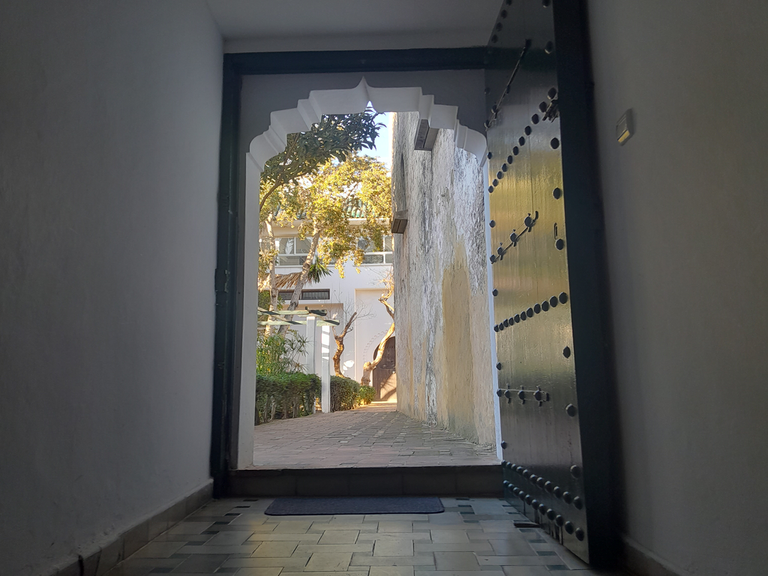
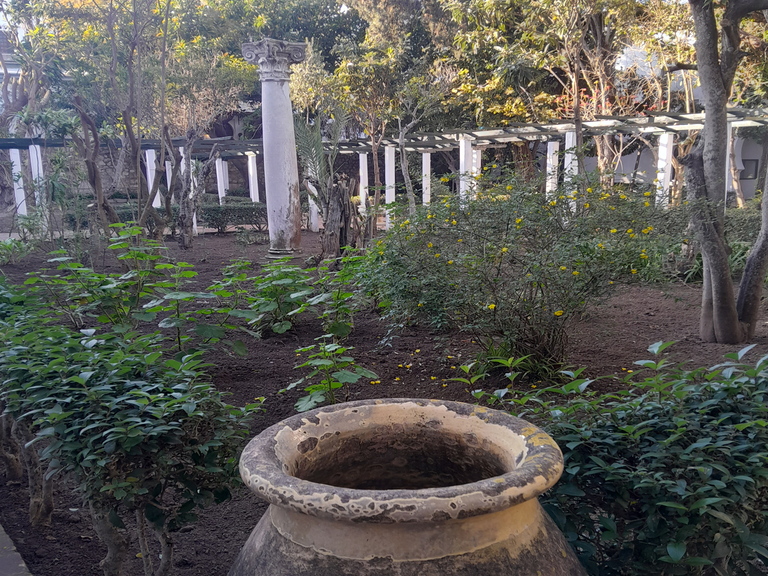

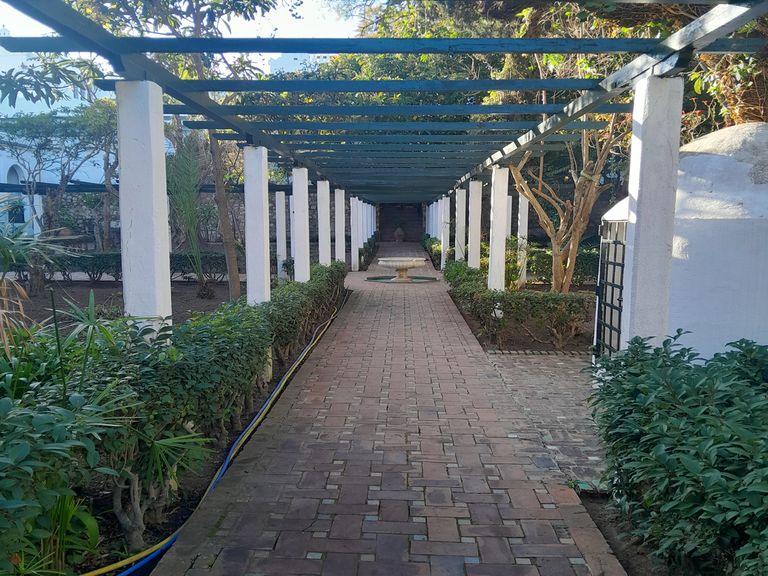
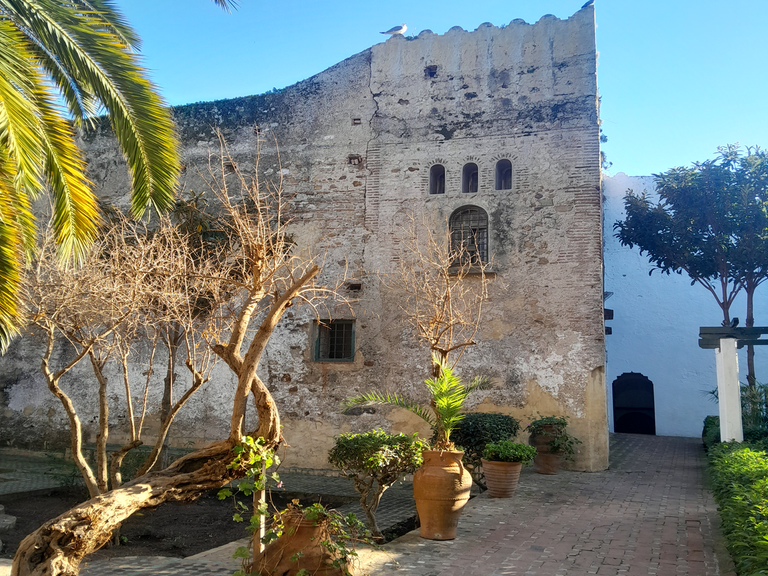
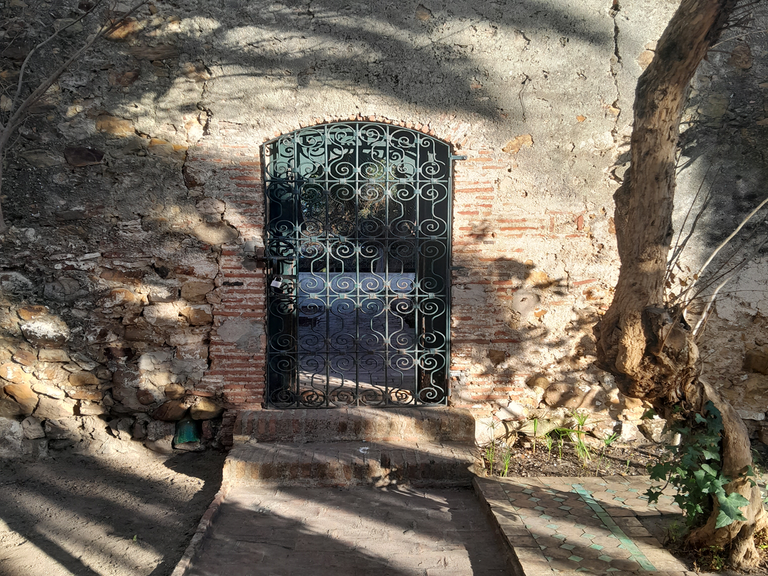
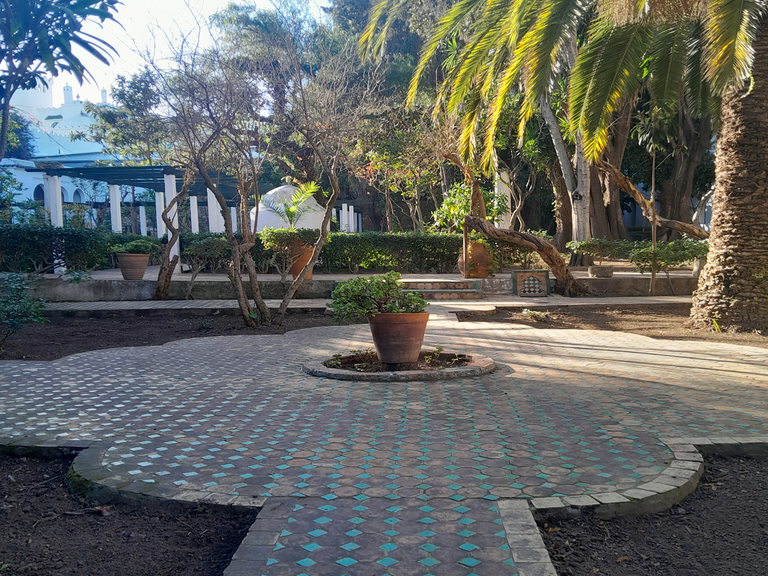
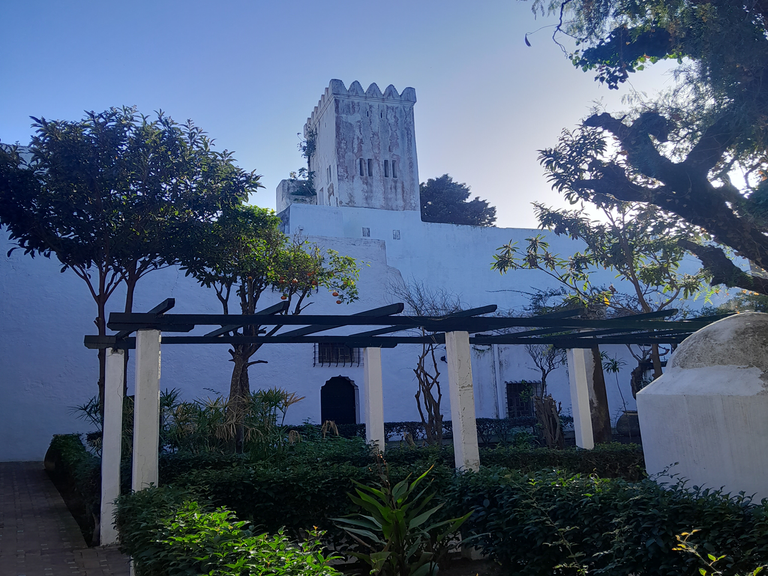
Riad As-Sultan
Riad As-Sultan is a Moroccan garden in the Andalusian style. It is rectangular in shape with two masterly paths dividing it into four parts, the intersection of which is marked by a marble fountain. It houses an open-air exhibition of a lapidary collection: marble capitals, well copings, terracotta jars, etc. The garden was renovated in 1890 under the reign of Sultan Hassan I, with the addition of the large wooden gateway known as ‘Bab Riad Sultan’. The Riad is also home to ‘El qobla el khadra’ (the green dome), as well as a ‘manzah’ space for relaxation and contemplation.
Local fruit trees such as figs, olives, palms and pomegranates grow alongside more distant species such as yuccas.
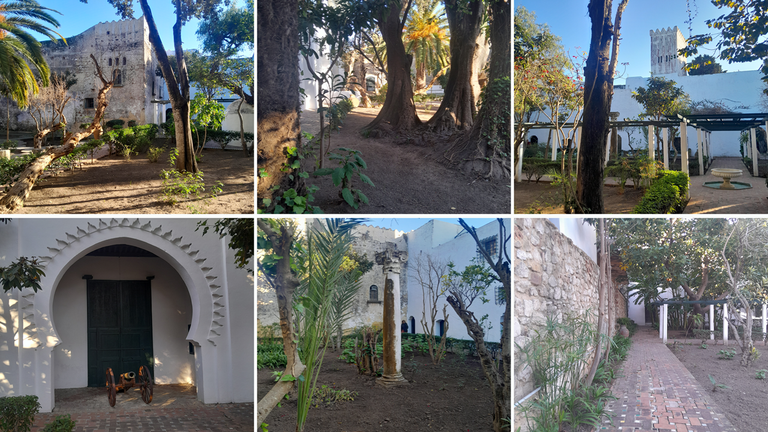
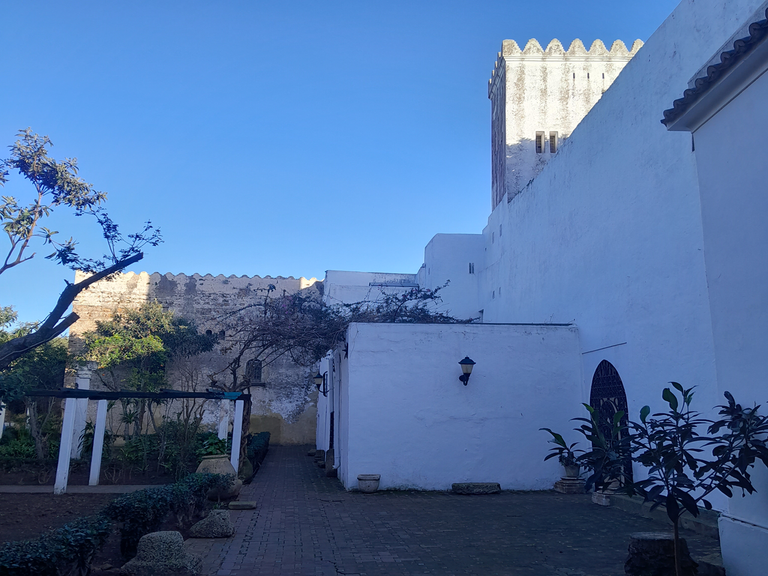
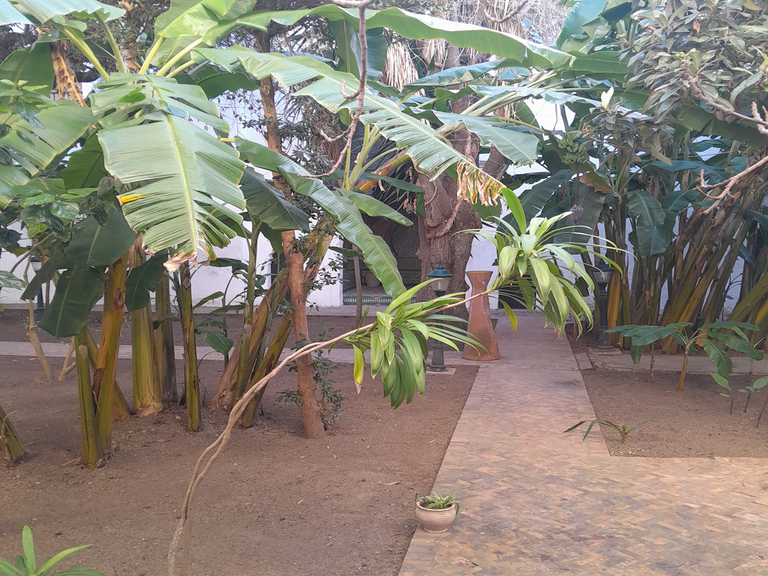


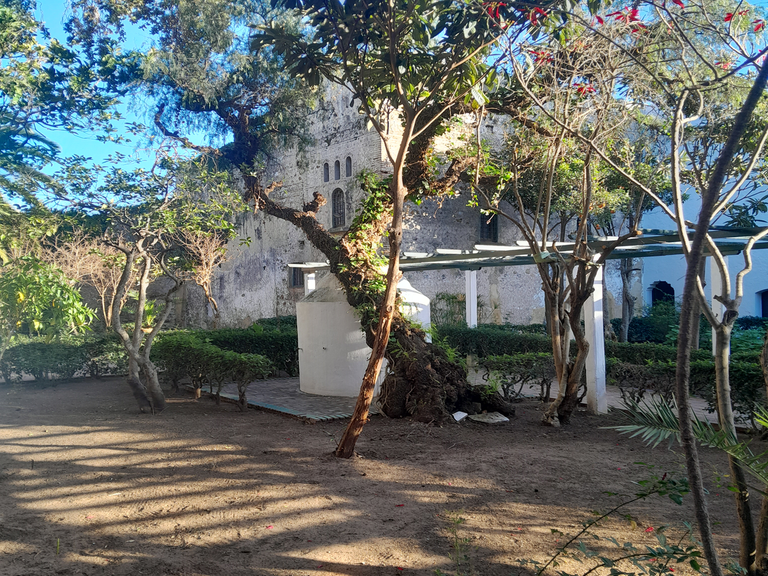
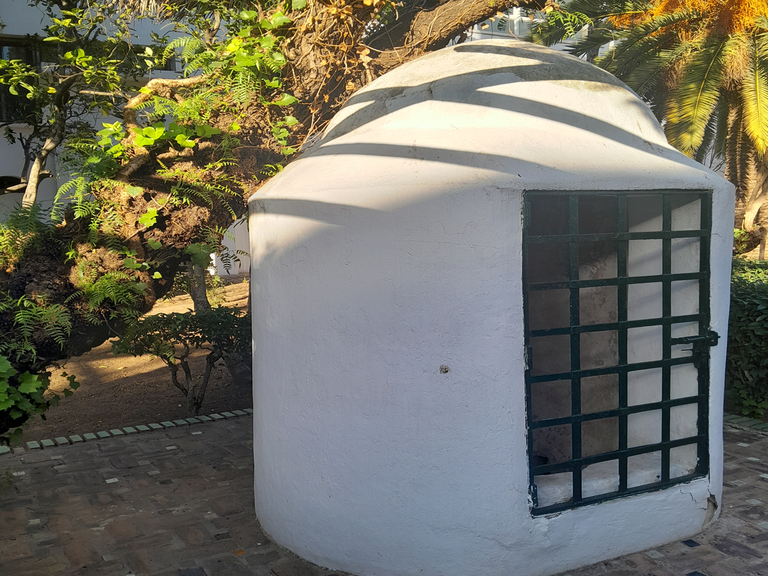
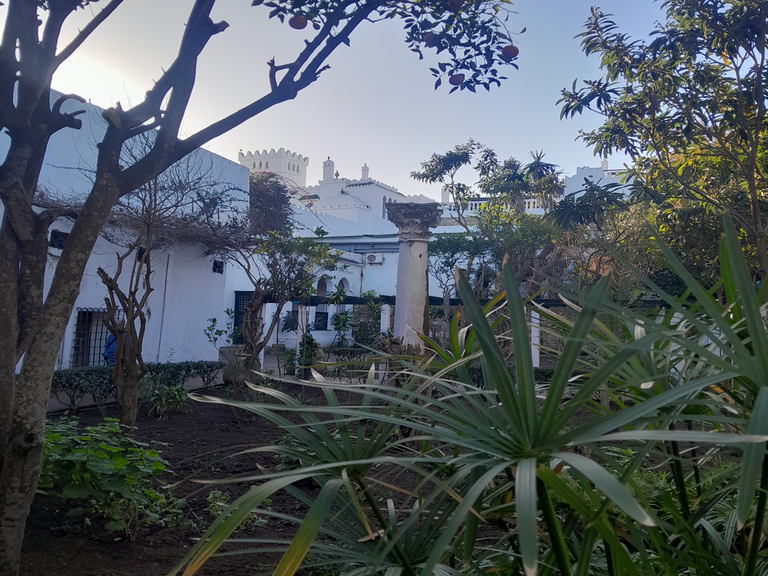
When the Bani Wattas founded their dynasty, Tangier was conquered by the Portuguese in 1471, who built their own fortress (castello) on the site of the medieval Kasbah in 1564. As a result, the walls surrounding Tangier's medina were largely built by the Portuguese. The city was then given to Charles II of England as a dowry on the occasion of his marriage to Catherine of Braganza (1661). The Alaouite Sultan Moulay Ismail, who laid siege to the city for six years, forced the English to evacuate. They left Tangier in 1684 after dynamiting the mole and the most important fortifications. Ali Ben Abdallah al-Rifi, the first Alawite governor of Tangier, repaired the ramparts, built mosques and restored the keep at the north-east corner of the kasbah, which seems to have been the residence of the English governor Lord Middleton. Ahmad, son of Ali Ben Abdallah al-Rifi, built his palace here, which now houses the Tangier Kasbah Museum.
Historical information displayed on a panel in the museum! (translated into English with Deepl)
Thank you for taking the time to read this! I really loved this museum, a place full of history, nature and charm. I hope you enjoyed the photos I took! Don't hesitate to leave a comment, I'd love to hear what you think! This was the last place I visited in Tangier. Many thanks, and see you soon for new discoveries in other Moroccan cities!

Photos taken by mobile phone (Samsung Galaxy A04s) !

I love everything of this place. The architecture is amazing, so different than the styles I am used to, it makes me understand how much I need to visit Morocco! And I love to see how our cultures can be close, due to the past, relationshiops, influences, exchanges, also conflict sometimes... it's a wonderful history. And also those trees are really magnificent. Mediterranean Sea 😍
Hiya, @glecerioberto here, just swinging by to let you know that this post made it into our Honorable Mentions in Travel Digest #2478.
Your post has been manually curated by the @worldmappin team. If you like what we're doing, please drop by to check out all the rest of today's great posts and consider supporting other authors like yourself and us so we can keep the project going!
Become part of our travel community:
You can check out this post and your own profile on the map. Be part of the Worldmappin Community and join our Discord Channel to get in touch with other travelers, ask questions or just be updated on our latest features.